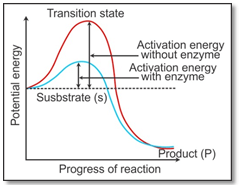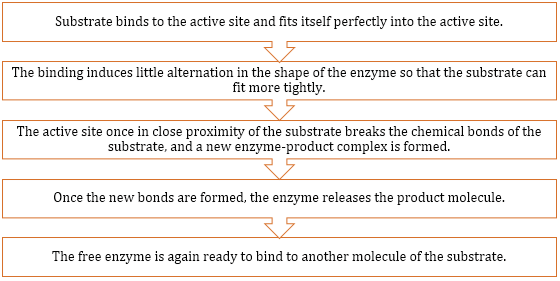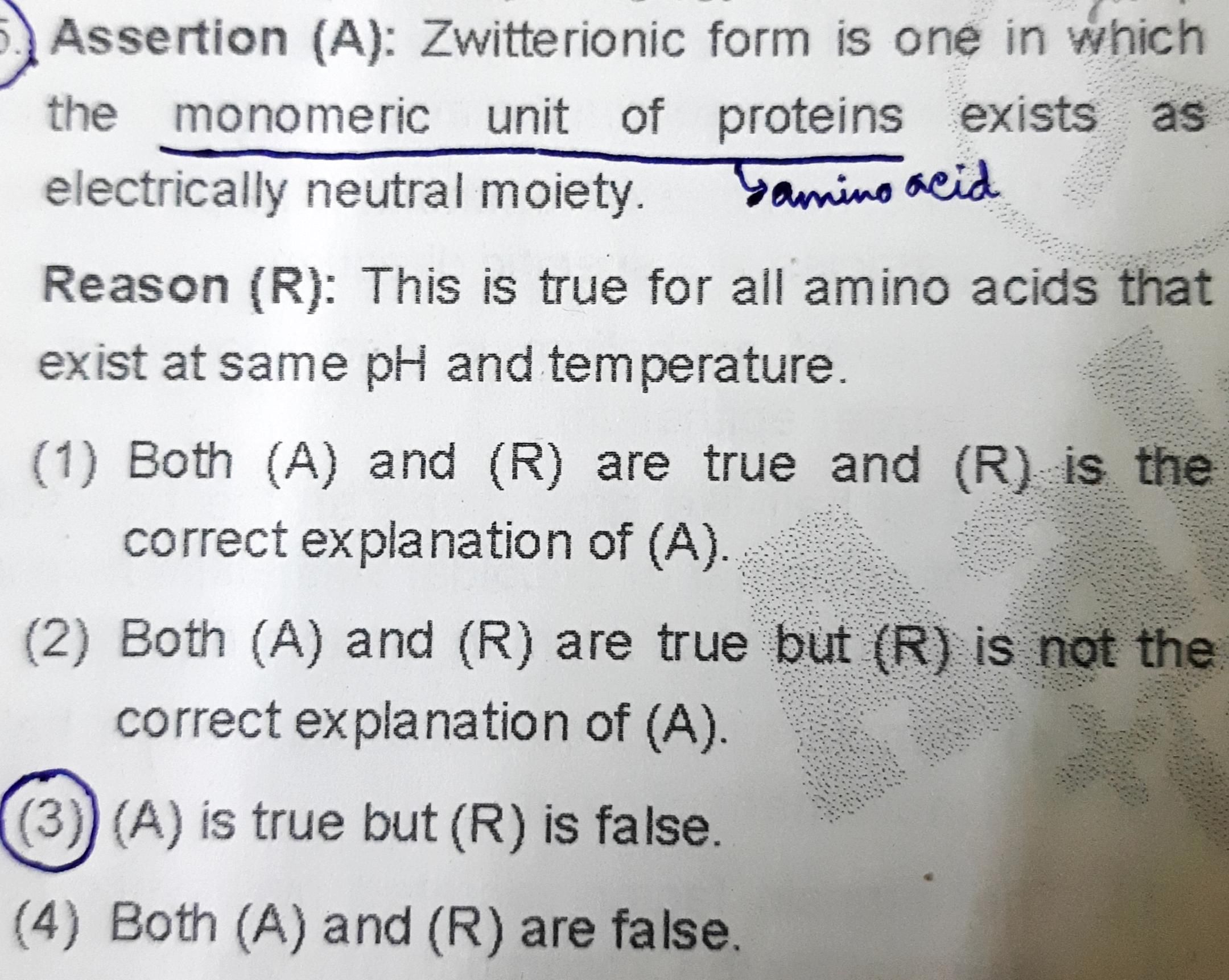Biomolecules
Biomolecules PDF Notes, Important Questions and Synopsis
SYNOPSIS
- All the carbon compounds which we get from living tissues can be called biomolecules.
- Macromolecules and their Functions
|
MACROMOLECULES |
DESCRIPTION |
FUNCTION |
|
Polysaccharides |
|
|
|
Lipids |
|
|
|
Nucleic acids |
|
|
|
Proteins |
|
|
- Anabolism is the process by which large, complex molecules are made of simpler molecules.
- Catabolism is the process by which large complex molecules are broken down into small, simpler compounds.
- The rate of reaction refers to the amount of product formed per unit.
- Rate = δp/δt
- To initiate any chemical reaction, the substrate acquires a certain amount of energy which is called energy of activation.
- When the substrate is bound to the enzyme’s active site, a new structure called the transition state structure is formed.

- Mechanism of Enzyme Action
- Factors Affecting Enzyme Activity
- Classification and Nomenclature of Enzymes
- Some enzymes are associated with non-protein substances which make the enzyme catalytically active. Such non-protein groups are called co-factors.
- Prosthetic group (e.g. peroxidase has haem as the prosthetic group)
- Co-enzymes (e.g. Coenzyme A)
- Metal ion (e.g. zinc associates with carboxypeptidases)
Related Chapters
- The Living World
- Biological Classification
- Plant Kingdom
- Animal Kingdom
- Morphology of Flowering Plants
- Anatomy of Flowering Plants
- Structural Organisation in Animals
- Cell : The Unit of Life
- Cell Cycle and Cell Division
- Transport in Plants
- Mineral Nutrition
- Photosynthesis in Higher Plants
- Respiration in Plants
- Plant Growth and Development
- Digestion and Absorption
- Breathing and Exchange of Gases
- Body Fluids and Circulation
- Excretory Products and their Elimination
- Locomotion and Movement
- Neural Control and Coordination
- Chemical Coordination and Integration
- Reproduction in Organisms
- Sexual Reproduction in Flowering Plants
- Human Reproduction
- Reproductive Health
- Principles of Inheritance and Variation
- Molecular Basis of Inheritance
- Evolution
- Human Health and Disease
- Strategies for Enhancement in Food Production
- Microbes in Human Welfare
- Biotechnology : Principles and Processes
- Biotechnology and its Applications
- Organisms and Populations
- Ecosystem
- Biodiversity and Conservation
- Environmental Issues






